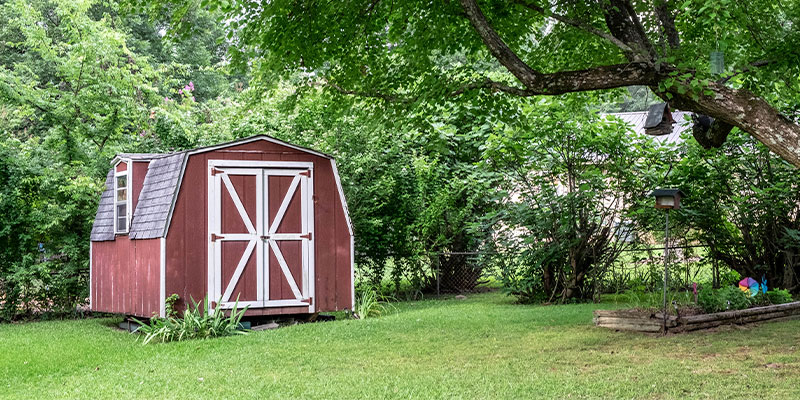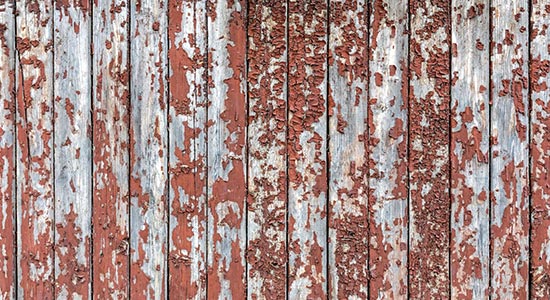
Updated September 13, 2023
A solid, visually pleasing fence can boost your home’s curb appeal, increase the value of your home, and increase your neighbor’s property value, too.
If a good fence makes a good neighbor, then does a bad fence make a bad neighbor? We'll let you be the judge of that...
While fences tend to last quite a long time, they will need to be replaced at some point.
We'll go over the top 5 signs that your fence needs to be repaired, how to DIY different types of fence repair, and when damage is bad enough to consider fence removal.
Top 5 Signs to Repair or Replace Fence:
Find fence removal specialists near you
1. Wood Is Splintering
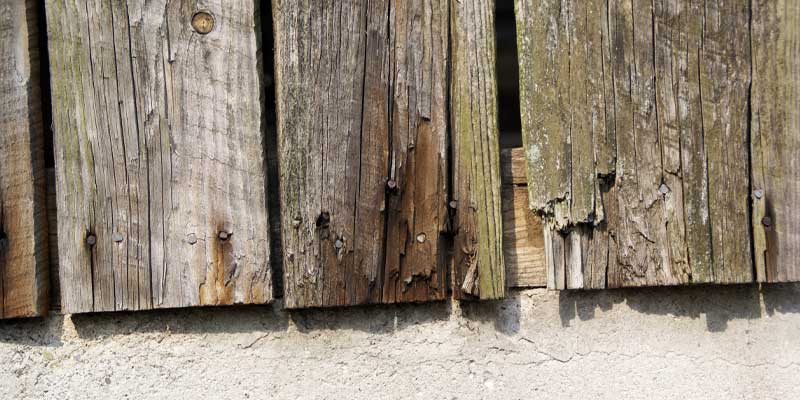
A wooden fence can add charm and privacy to your property, but over time, exposure to the elements can cause it to splinter and deteriorate.
Fortunately, with a little effort and some basic tools, you can restore your fence to its former glory.
Using a screwdriver and hammer, gently remove any loose or splintered wood from the damaged areas. Ensure the surface is clean and smooth.
Apply wood filler to any gaps, cracks, or holes in the wood. Follow the manufacturer's instructions for drying times and sand the filled areas until they are flush with the rest of the fence.
Sand the entire fence with coarse-grit sandpaper to remove rough spots and splinters. Follow up with fine-grit sandpaper to create a smooth surface. Sanding also prepares the wood for staining or painting.
If some boards are beyond repair, use a circular saw to cut them out, and then replace them with new boards. Make sure the new boards match the size and style of the existing ones.
If you don't have the tools, know-how, or time to repair whole sections of your splintering fence, having it removed is a viable option that can improve the value of your property and its curb appeal.
Keep reading:
- DIY Fence Removal vs Hiring a Pro to Remove Your Fence
- How Much Does It Cost to Replace a Wood Fence?
- Fence Replacement Costs and How It's Done
2. There's a Lot of Rust
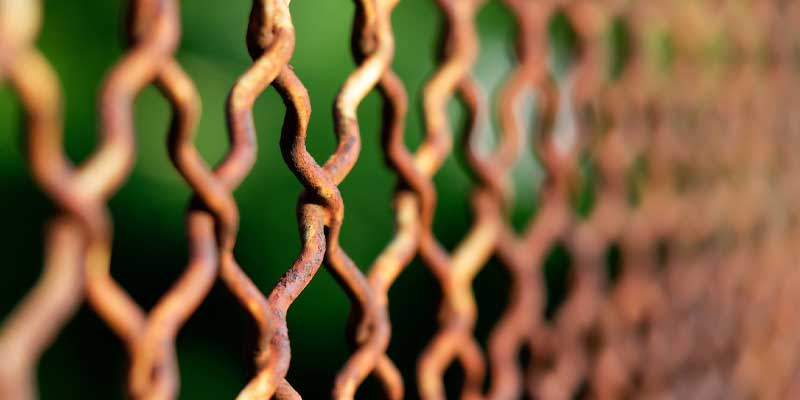
Iron and steel fences can rust and become weak over time due to long-term exposure to moisture.
If there is widespread or severe rust on your fence, you likely will want to replace it.
However, minimal rust can be removed using a wire brush or steel wool to scrub away loose rust from the affected areas. You'll want to apply moderate pressure to remove as much rust as possible.
For deep rust or rust-through holes, use a rust converter or rust remover following the manufacturer's instructions. These products chemically neutralize rust, preventing it from spreading further.
Once the rust is removed or treated, use coarse-grit sandpaper to smooth the surface. Follow up with fine-grit sandpaper to create a smooth, paint-ready surface.
To prevent future rust, apply a metal primer to the clean, rust-free surface. Make sure to choose a primer suitable for your fence material (e.g., wrought iron, steel).
Allow the primer to dry completely, and then apply multiple coats of paint as needed to achieve the desired finish. Ensure each coat is completely dry before applying the next one.
To extend the life of your fence and prevent future rust, perform regular maintenance. Inspect the fence periodically for signs of rust or paint damage, and touch up any affected areas promptly.
Learn more: How to Remove a Chain Link Fence
3. Boards Are Warping
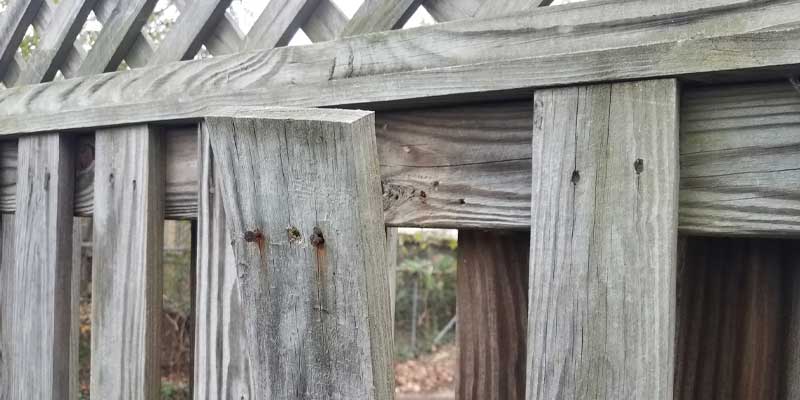
Warped fence boards not only affect the appearance of your fence but can also compromise its structural integrity. The ground (and footings) can shift, nails can loosen, and wood can rot from inside-out.
If your fence is no longer straight, you most likely need a new fence. Or, at the very least, you need to replace the boards that are warped.
It's important to note, however, that once certain areas of your fence start to warp, you'll likely save yourself a lot of time and money down the line by removing and/or replacing it outright as the rest of your fence's boards are sure to follow suite.
When you decide you'd rather address the parts that are warping rather than removing your entire fence, you'll first want to inspect the underlying structure of the fence.
Ensure that the fence posts and horizontal rails are in good condition and make any necessary repairs or reinforcements to the structure before adding replacement boards. Adding new boards to a fence with a failing structure will only lead to additional repairs and replacements down the road.
Measure the dimensions of the removed boards precisely and use a circular saw to cut replacement boards to the same size. Ensure that the new boards match the style of the existing ones.
Attach the replacement boards to the fence using screws or nails. Ensure that they are level and aligned with the surrounding boards and use a level and carpenter's square to achieve the desired position and angle.
If there are gaps or imperfections around the replacement boards, use wood filler to fill these areas. Sand the filled areas until they are smooth, and finish the fence by applying paint or stain to match the existing color.
To prevent future warping, perform regular maintenance on your fence by applying a protective finish every few years and inspecting it for loose screws or nails that may contribute to its warping.
4. Parts Are Missing
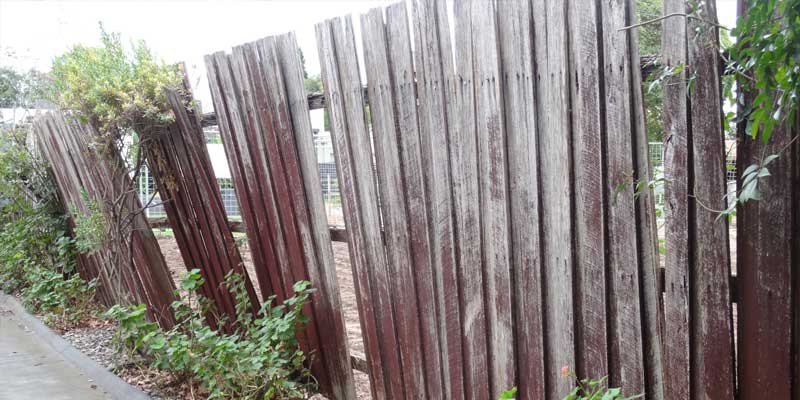
If fence panels are falling out, nails are missing, or entire sections are falling over, you will likely want to replace the entire fence.
When you intend on trying to replace missing parts on your fence, follow the steps involved in section 3 explaining how to replace boards and add nails or chain link as necessary.
Continue reading: Demo 1-2-3: How to Remove a Fence
5. Your Fence Has Changed Colors
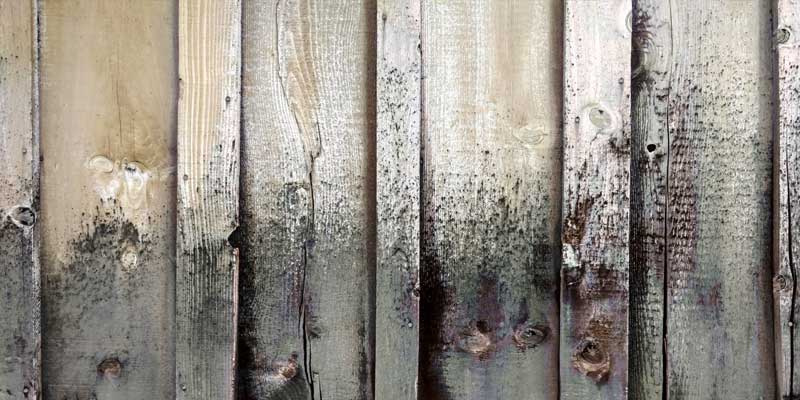
Long-term exposure to the weather can lead to the discoloration of materials, causing your once-vibrant fence to fade or change colors. As this happens, the material your fence is made from also loses strength and curb-appeal.
With some elbow-grease and patience, you can repair a discolored fence and restore it to its original appearance.
Start by cleaning the discolored fence thoroughly. Use a pressure washer or hose with a nozzle attachment to remove dirt, grime, and loose debris.
If needed, mix mild detergent or a specialized fence cleaner with water in a bucket, and scrub the fence with a soft-bristle brush.
For mold or mildew stains, create a mixture of water and vinegar (or bleach for more stubborn stains) and apply it to the affected areas. Scrub gently with a brush and rinse thoroughly.
Choose a paint or stain that matches the original color of your fence, or the color if your new desired aesthetic, and apply the paint or stain evenly, following the manufacturer's instructions for drying times between coats.
Depending on the extent of discoloration or fading, you may need to apply multiple coats of paint or stain to achieve the desired color and coverage.
Apply a protective finish (paint or stain) every few years to shield it from the elements and maintain its appearance.
If your wood fence used to be bright and has since turned a dull gray color, or if it has turned patchy or rusty, it may be time for a fence replacement.
When you're in need of professional and reliable fence removal services, Hometown is a great resource. We publish local demolition contractors throughout the U.S. and make it fast and easy to get multiple free fence removal estimates at once.
By filling out our single quote request form, you'll be able to forward your project needs and details to several contractors, allowing you to compare pricing, customer service, and availability so that you can confidently hire the right pro for the job.
Get free fence replacement quotes from local pros
Learn more:


